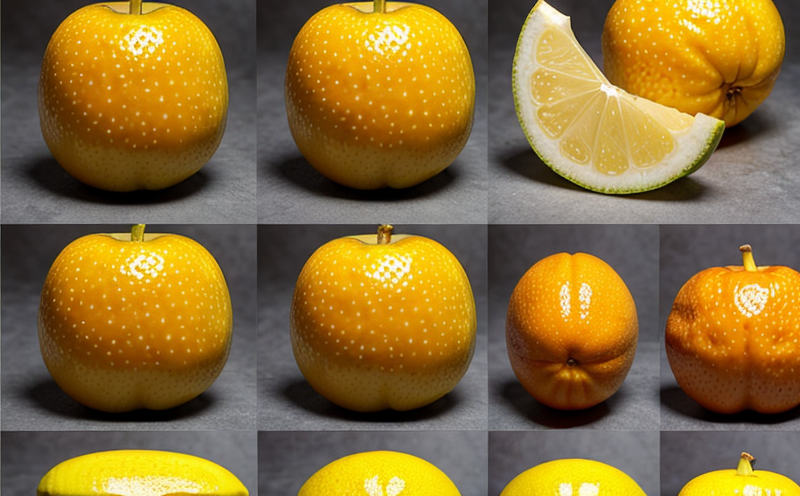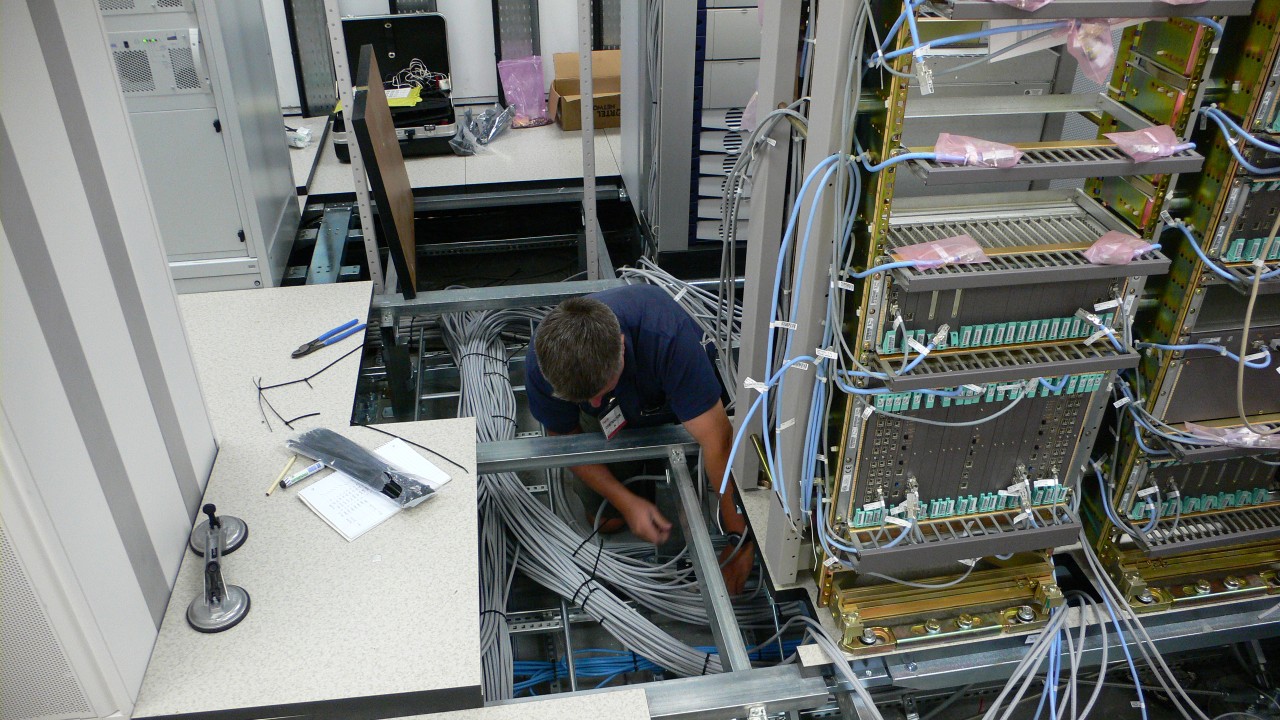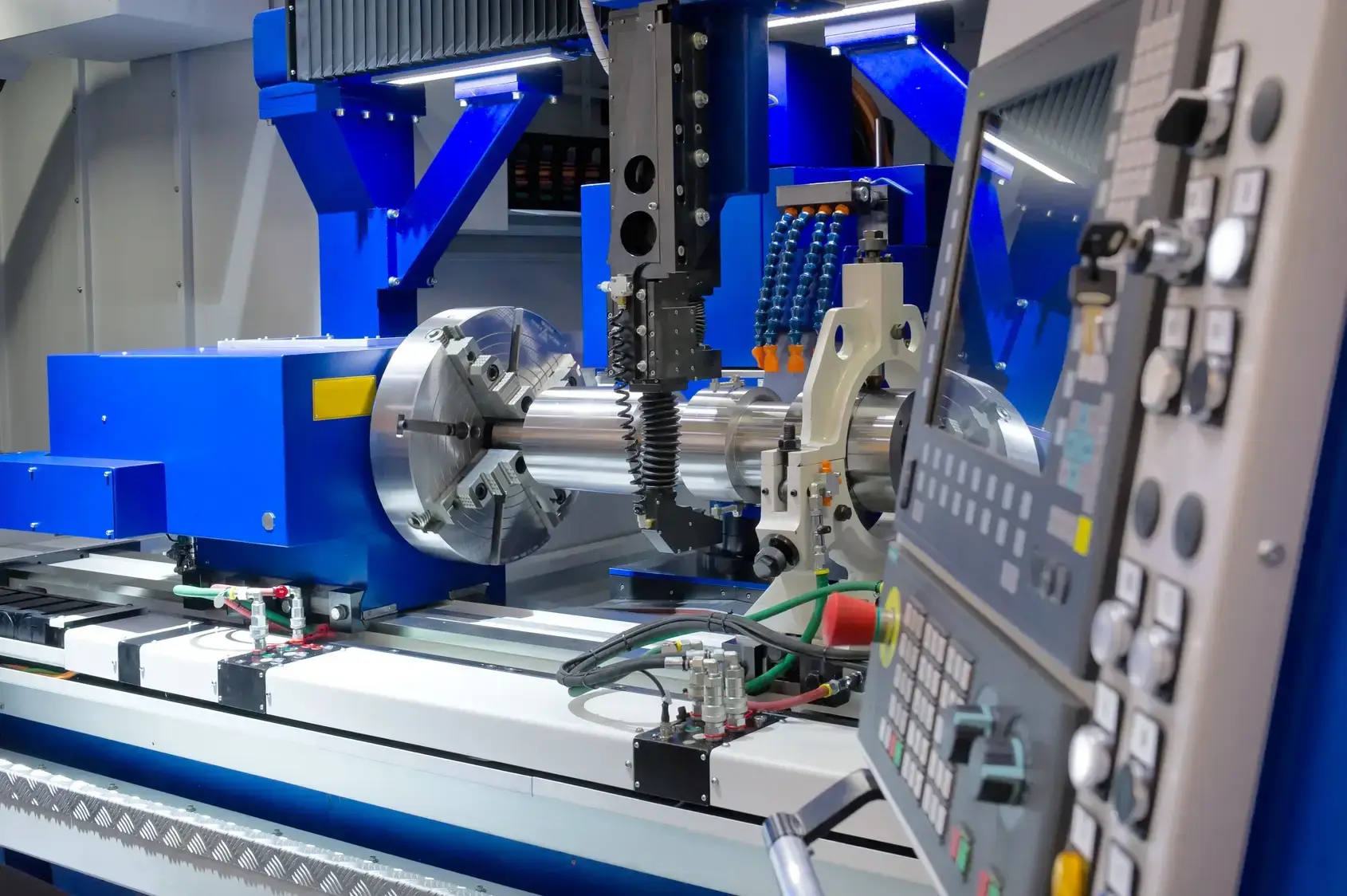Peel test at different angles
The Peel Test at Different Angles Unlocking Material Properties for Business Success
In todays competitive market, understanding the properties of materials is crucial for businesses across various industries to make informed decisions about product development, quality control, and supply chain management. One laboratory service that has gained significant importance in recent years is the Peel test at different angles, offered by Eurolab. This non-destructive testing method provides a wealth of information about a materials adhesion properties, making it an essential tool for companies seeking to optimize their products and processes.
What is the Peel Test at Different Angles?
The Peel test at different angles is a laboratory service that assesses a materials ability to adhere to another surface when subjected to peeling forces. This test involves applying a standardized force to a sample, causing it to peel away from the substrate or surface it is attached to. The test is conducted at various angles to simulate real-world conditions and provide a comprehensive understanding of a materials adhesion properties.
Why is the Peel Test at Different Angles Essential for Businesses?
The Peel test at different angles offers numerous advantages that can significantly benefit businesses across various industries. Some of the key benefits include
Accurate Material Selection The Peel test at different angles enables companies to select materials with optimal adhesion properties, reducing the risk of product failure and ensuring consistency in production.
Improved Product Performance By understanding a materials adhesion properties, businesses can design products that meet specific performance requirements, enhancing their overall quality and user experience.
Enhanced Supply Chain Management The Peel test at different angles helps companies to evaluate the quality of raw materials and finished goods, enabling them to make informed decisions about supplier selection and inventory management.
Compliance with Industry Regulations Many industries, such as construction and automotive, have strict regulations regarding material adhesion. The Peel test at different angles ensures that businesses comply with these requirements, reducing the risk of fines and reputational damage.
Key Benefits of the Peel Test at Different Angles
The following are some of the key benefits of using the Peel test at different angles
Non-Destructive Testing The Peel test is a non-destructive method, meaning that samples can be tested without being damaged or destroyed.
Highly Accurate Results Eurolabs state-of-the-art equipment and experienced technicians ensure highly accurate results that are reliable and consistent.
Flexibility The Peel test at different angles can be conducted on a wide range of materials, including metals, plastics, and composites.
Comprehensive Reporting Eurolab provides detailed reports that include data on adhesion force, peel angle, and sample geometry, enabling businesses to make informed decisions about material selection and product design.
How Does the Peel Test at Different Angles Work?
The Peel test at different angles involves the following steps
Sample Preparation Samples are prepared according to standardized procedures to ensure consistency and accuracy.
Equipment Setup Eurolabs state-of-the-art equipment is set up to simulate real-world peeling conditions, including various angles and forces.
Testing The Peel test is conducted at different angles, typically between 0 and 90, to assess a materials adhesion properties.
Data Analysis Data is collected and analyzed using specialized software to provide detailed reports on adhesion force, peel angle, and sample geometry.
QA Section
Frequently Asked Questions about the Peel Test at Different Angles
What types of materials can be tested using the Peel test at different angles?
The Peel test can be conducted on a wide range of materials, including metals, plastics, composites, and more.
How long does it take to conduct the Peel test at different angles?
Testing times vary depending on the number of samples and the complexity of the test. However, typical testing times are between 1-5 days.
What kind of reporting can I expect from Eurolab?
Eurolab provides detailed reports that include data on adhesion force, peel angle, and sample geometry, as well as recommendations for material selection and product design.
Is the Peel test at different angles a non-destructive method?
Yes, the Peel test is a non-destructive method, meaning that samples can be tested without being damaged or destroyed.
Conclusion
In conclusion, the Peel test at different angles offered by Eurolab provides a comprehensive understanding of a materials adhesion properties, enabling businesses to make informed decisions about product development, quality control, and supply chain management. With its numerous advantages, including accurate material selection, improved product performance, and enhanced supply chain management, this laboratory service is an essential tool for companies seeking to optimize their products and processes.
By partnering with Eurolab for the Peel test at different angles, businesses can ensure compliance with industry regulations, reduce the risk of product failure, and enhance their overall competitiveness in the market. Contact us today to learn more about how our laboratory services can benefit your business.




